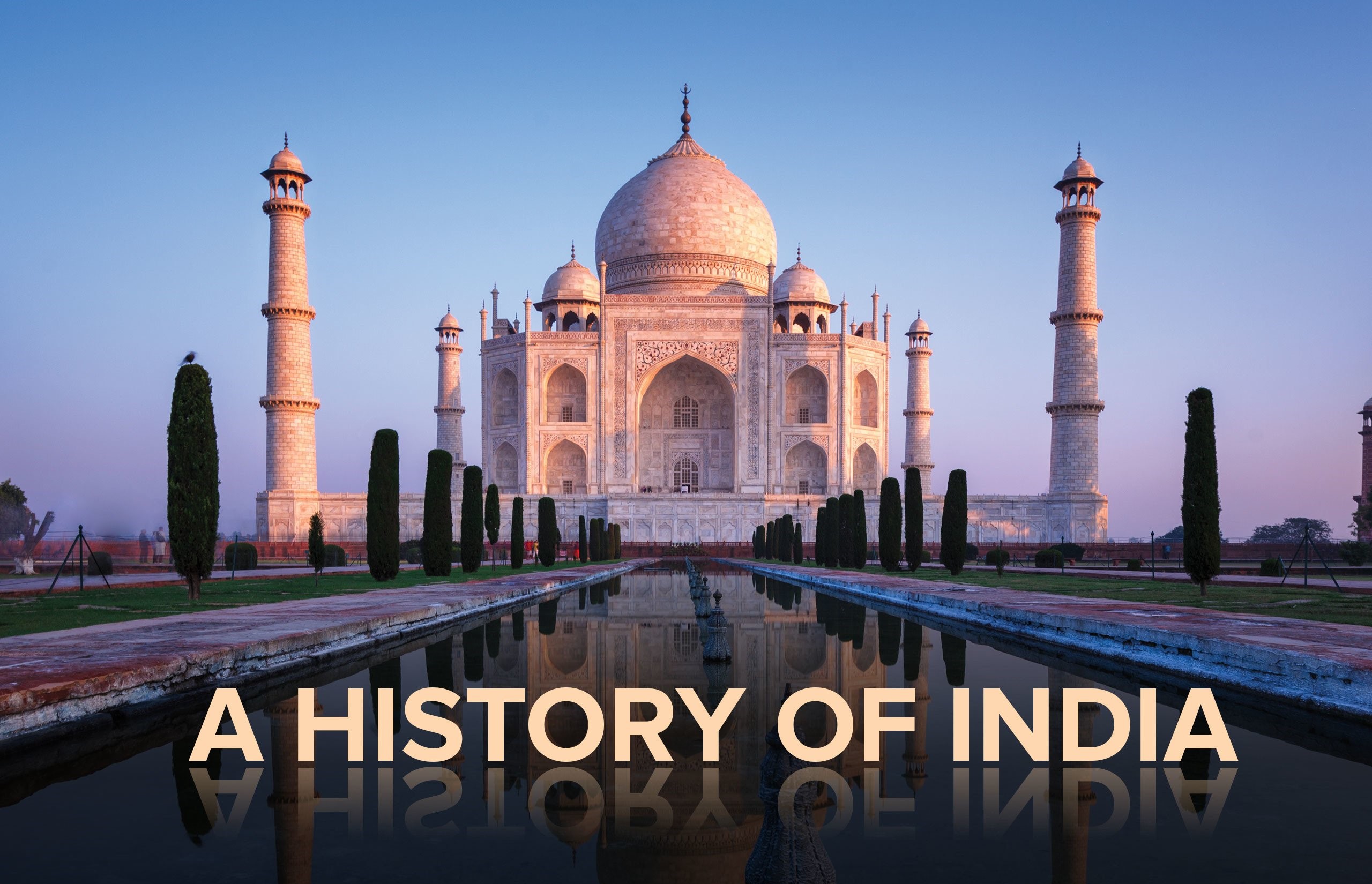Land Revenue Systems of British Rule
Land Revenue Systems of British Rule
Permanent Settlement / Istamarari (Sthayi) Bandobast (1757-1813)
» Introduced in Bengal, Bihar, Orissa, and districts of Benaras and Northern districts of Madras by Lord Cornwallis in 1793.
» John Shore planned the Permanent Settlement.
» It declared zamindars as the owners of the land. Hence, they could keep 1 /11th of the revenue collected to themselves while the British got a fixed share of 10/ 11th of the revenue collected. The zamindars were free to fix the rents.
» Assured of their ownership, many zamindars styed in towns (absentee landlordism) and exploited their tenants.
Ryotwari System
» Introduced in Bombay and Madras. Munro (Viceroy) and Charles Reed recommended it.
» In this, a direct settlement was made between the government and the ryot (cultivator).
» The revenue was fixed for a period not exceeding 30 years, on the basis of the quality of the soil and the nature of the crop. It was based on the scientific rent theory of Ricardo.
» The position of the cultivator became more secure but the rigid system of revenue collection often forced him into the clutches of the moneylender.
» Besides this, the government itself became a big zamindar and retained the right to enhance revenue at will while the cultivator was left at the mercy of its officers.
Mahalwari System
» Modified version of zamindari settlement introduced in the Ganges valley, NWFP, parts of Central India and Punjab.
» Revenue settlement was to made by village or estates with landlords. In Western Uttar Pradesh, a settlement was made with the village communities, which maintained a form of common ownership known as Bhaichare, or with Mahals, which were groups of villages.
» Revenue was periodically revised.
Colonial Impact of Land Revenue Systems
1. The land settlements introduced market economy and did away with customary rights. Cash payment of revenue encouraged money-lending activity.
2. It sharpened social differentiation. The rich had access to the courts to defend their property.
3. Forcible growing of commercial crops led the peasants to buy food grains at high prices and sell cash crops at low prices.
4. The stability of the Indian villages was shaken and the entire set up of the rural society began to break up.
Civil Revolts
Sanyasi (Bengal, 1780) : led by religious monks against British restrictions and ruin of peasantry.
Kattabomman Revolt (1792-98) : by Vira Pandya Kattabomman against imposition of British Suzerainity.
Paik Revolt (Orissa, 1804-06) : led by Bakshi Jagabandhu against British occupation and revenue policy.
Velu Thampi (Travancore, 1805) : led by Velu Thampi against British extortions.
Kittur Revolt (Karnataka, 1824) : by Chinnama and Ryappa against British interference in Kittur.
Pagal Panlhis (Maimansinh, 1825-33) : by Karam Shah and Tipu. Religious nature.
Rnju (Vizag, 1827) : by Birabhadra Raju.
Faraizi (1838) : by Haji Saraitullah and Dadu Mian for cause of tenants.
Satavandi (Maharashtra, 1839) : by Phond Savant and Anna Sahib against British rule.
Kuka (1840) : by Bhagat Jawahar Mai or Sian Saheb in Punjab.
Gadakari (1844) : against revenue policy in Kolhapur.
Poligar (Karnool, 1846): by Narasimha Reddy.
